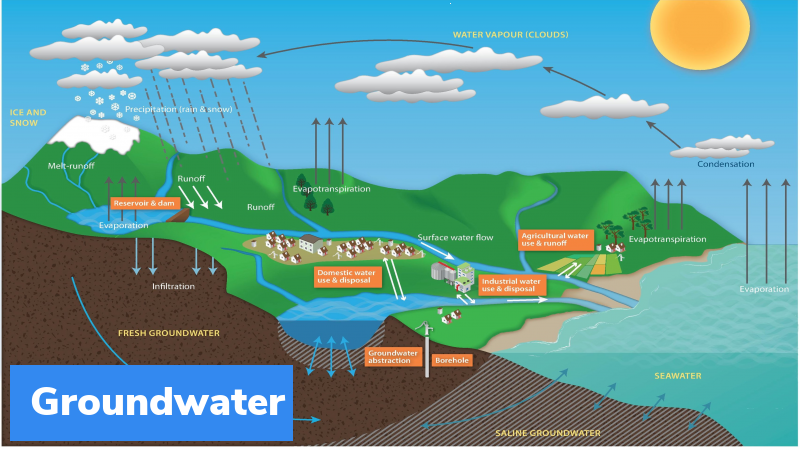Study: Punjab Groundwater Level Dips 1m every year
A study conducted by the Punjab Agricultural University (PAU) between 1998 and 2018 found that in 18 of 22 areas, the groundwater level dropped by more than 1 meter per year.
Highlights
- The Punjab groundwater depletion study, written by Rajan Aggarwal, Samanpreet Kaur and Anmol Kaur Gill, was published by PAU and presented to the state government last month. The study found that groundwater available from 3 to 10 meters has dropped below 30 meters in 20 years.
- A survey of groundwater level data which were obtained from the National Water Resources and Environment Bureau, the Agriculture Bureau, and the Central Groundwater Commission to complete the research lists the blocks and groundwater level conditions in each region.
Overexploitation in most districts
Except for the four districts of Faridkot, Ferozepur, Gurdaspur, and Muktsar, and a few blocks of Hoshiarpur, Nawanshahr, Ropar, and Mansa, groundwater in every area of the state has been overexploited.
Ground water problem
The groundwater level depletion problem started after 1990, but after 1998 the rate of decline has continued to increase. By 2012, the situation deteriorated and the images shared by PAU showed the appearance of places where it appeared water level has fallen below 20 meters. By 2018, the situation in the central part of the state had deteriorated and the groundwater level had dropped below 30 meters.
Cause of this problem
Due to the convenience and needs of farmers, the transition from canal irrigation to tube wells led to the depletion of groundwater..
Worst-hit districts
The most severely affected areas are Sangrur, Barnala, and Patiala, where the annual groundwater level drops by 106.5 cm, 103.3, and 100.2 cm, respectively (1 meter per year). In the Mohali, Fatehgarh Sahib, Jalandhar, Tarn Taran and Ludhiana areas, the groundwater level drops by 59.8 cm, 70.4, 68.4, 56.7 and 56.1 cm, respectively, every year.
Month: Current Affairs - July, 2021


